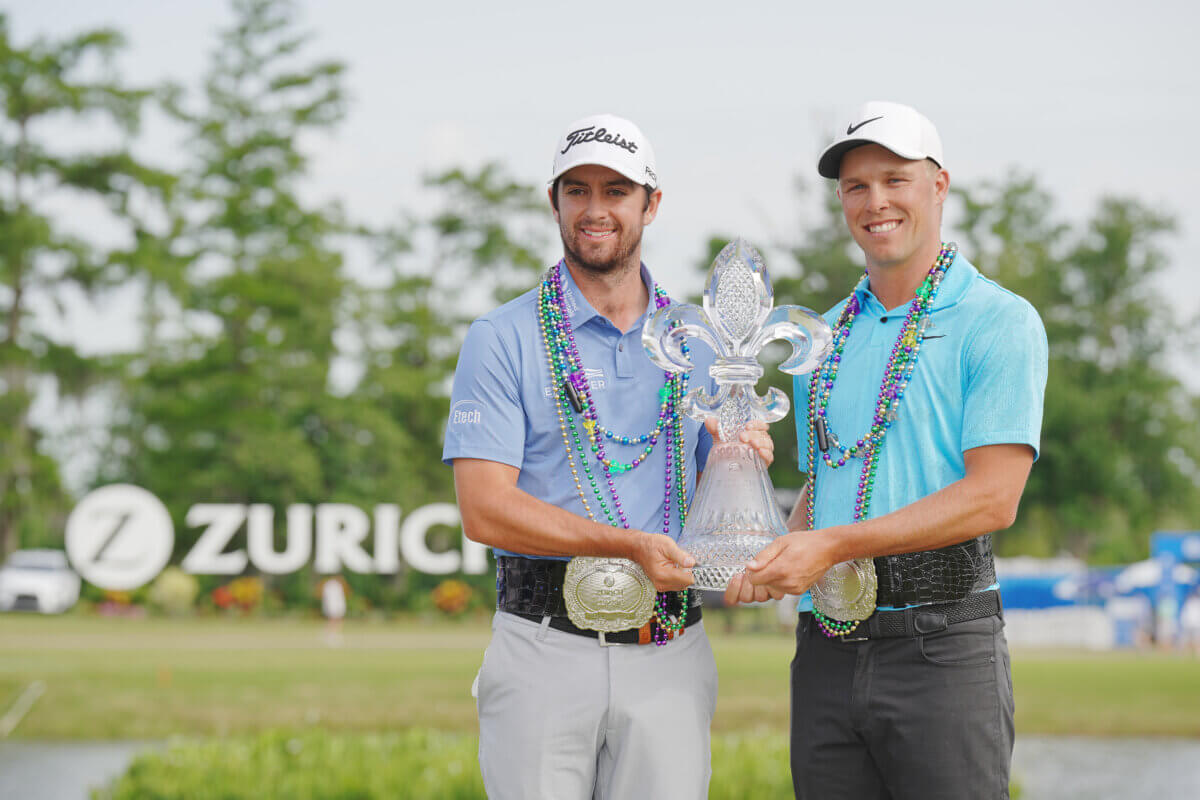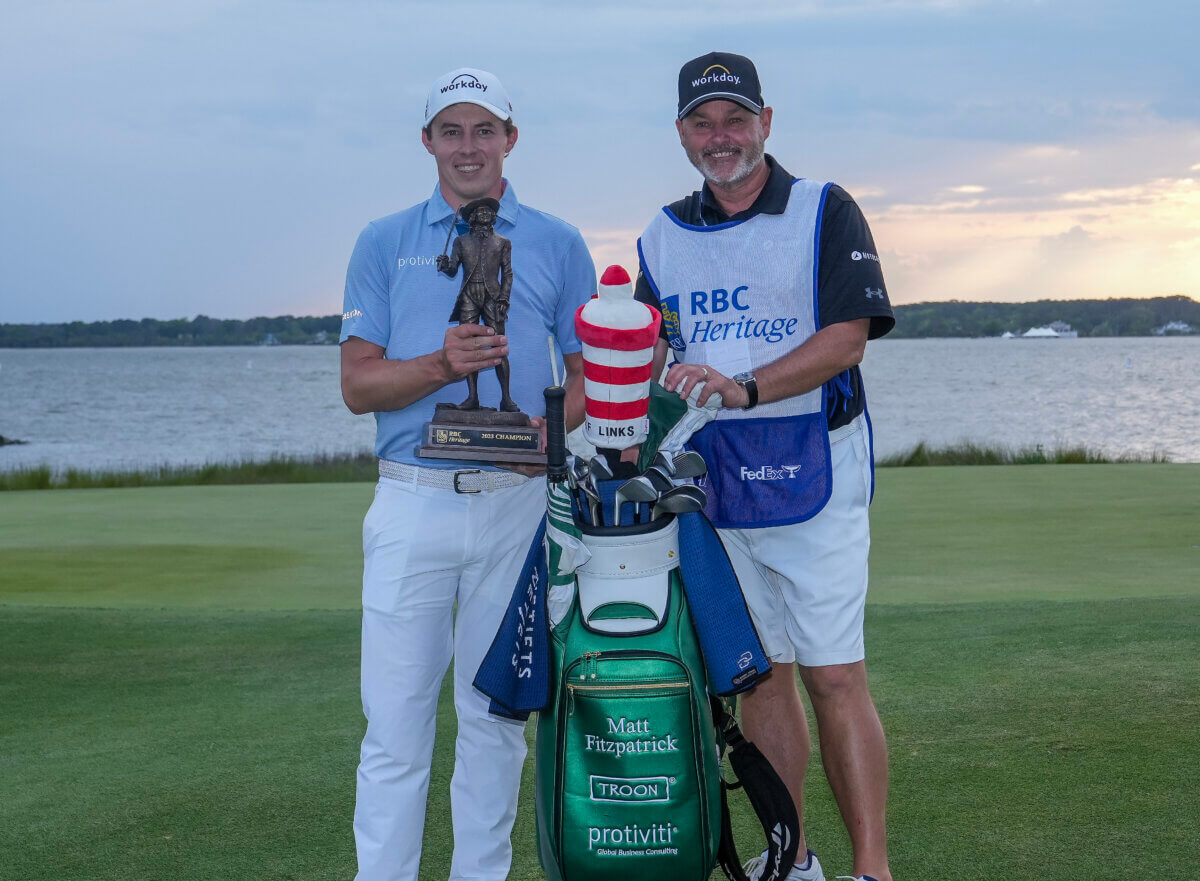Caddie Picks: 2019 U.S. Women’s Open
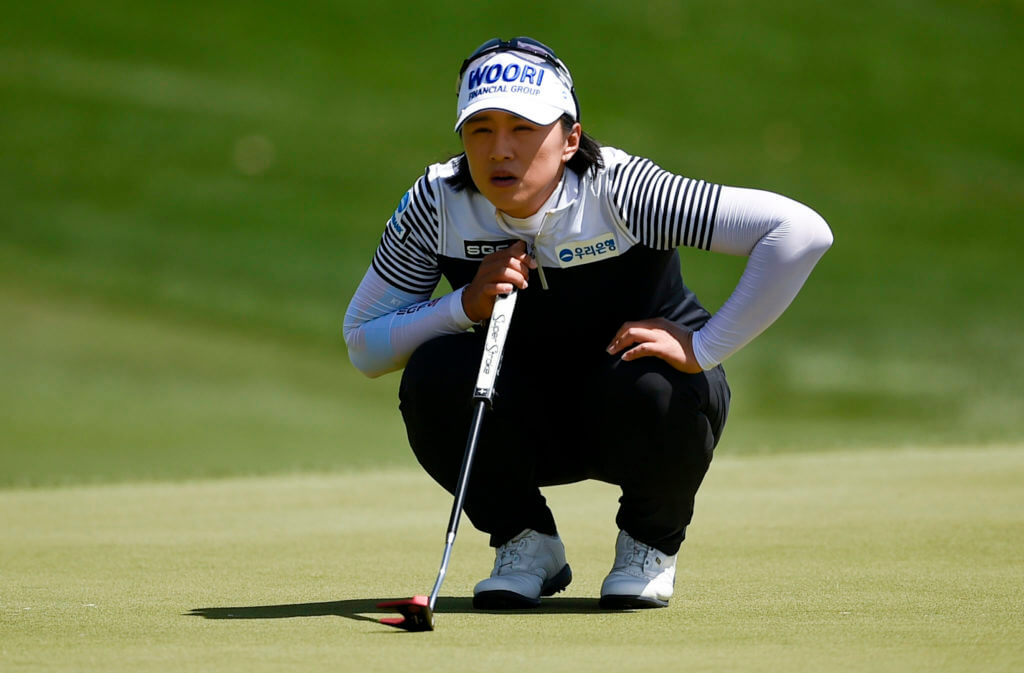
The 74th playing of the U.S. Women’s Open – the second major of the season – takes place this week at the Country Club of Charleston in Charleston, S.C.
Here’s a dispatch sent into us by a veteran LPGA caddie (who will remain anonymous to protect the caddie’s identity), looping this week in the tournament:
What’s the buzz about this new Open venue? Well, there’s not much buzz because the look and feel of the course is not that of your typical U.S. Open venue… it almost has more of a links/British Open feel. As a result, some are saying to watch out for the Europeans, who will feel at home with the creativity around the greens fitting into their style of play.
While it will be a tough test — firm and fast and 90+ degree temperatures and wind 5-20 mph — the rough isn’t super thick, but it will be hard to hold the greens, which I will get to in a bit, because they are the keys to the course. It’s not tight off the tee, as there are trees but not tree-lined fairways and strategically placed bunkers that aren’t always in play (the course is surrounded by marshland that does not really come into play) and it’s not brutally long.
That leaves the greens (Bermuda grass, also unlike U.S. Open venues), which are the true defense of the course, as it’s a second-shot golf course that requires premium, smart, ball striking, excellent feel on the greens (three-putt avoidance will be key, as players will be faced with plenty of long, lag putts on undulating, grainy greens, and testy short putts) as well as creativity when players miss the greens. The crowned greens, which all have false fronts — some more severe than the others — all run off, either into collection areas or bunkers, some so deep players can’t even see the hole, so they’ll have short-game options and challenges, such as chipping balls off of greens and having balls roll back to their feet.
One player told me that the Seth Raynor design is starkly different from the front to back nine, in that she feels Raynor was sober on the front nine and perhaps not so much on the back nine.
What she was referring to is the fact that the false fronts on the front range from 4-9 percent of slope, to the back nine, which ranges from 4-20 percent. That’s particularly difficult on No. 11, a 172-yard par 3, which is 54 yards deep, but the first 19 yards is unusable because of the 19 percent false front, and the green slopes front to back and down grain. So, a shot long is better than short.
Sam Snead once made a 13 on No. 11 at the Country Club of Charleston. And World Golf Hall of Famer Beth Daniel, who grew up playing the course, said that competitors might want to consider laying up off the tee and playing the par 3 as a two-shot hole.
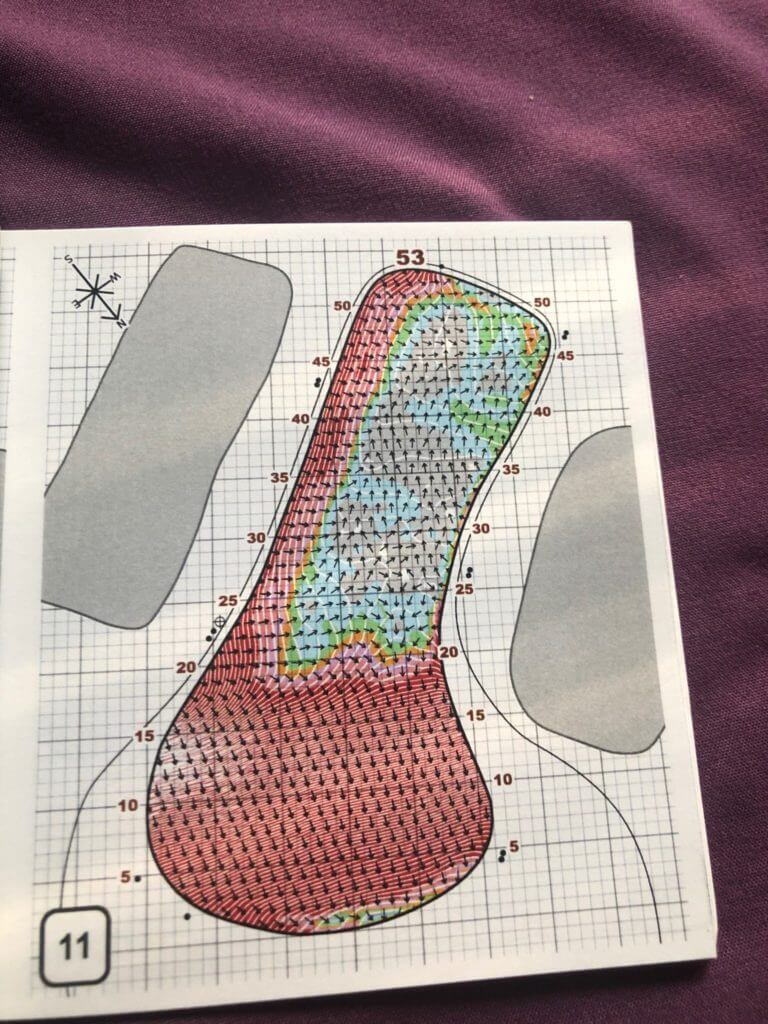
And on No. 16, a 437-yard par 4, there’s a 19 percent false front and the green is unusable until 11-17 yards on and the back of the green is a 15 percent slope, so it’s almost impossible to go long. It’s also the longest par 4 on the course.
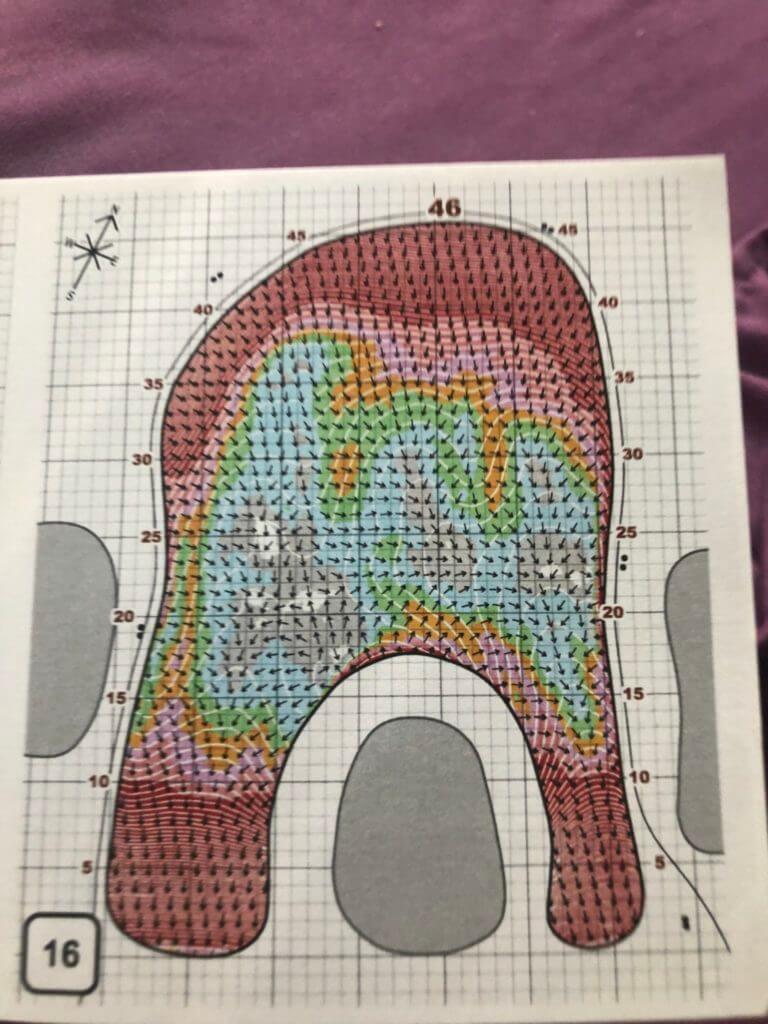
That’s what players will be dealing with this week. Now onto the picks…

Favorite: Amy Yang
Here’s why: The key will be to have some length, because the shorter and higher the club, the easier it will be to hold the greens and have legitimate birdie opportunities.
Next, control of your irons is a must, followed by a reliable putting stroke.
And, finally, the ability to handle the heat — both from the 90-degree temperatures and the pressure that is the U.S. Women’s Open, which just increased first-prize to a cool $1 million, only the second such first-place prize of $1 million or more (CME is $1.5) on the LPGA.
With that said, my pick who checks all the boxes is Amy Yang, who has the best swing on tour — I’m amazed when she misses a shot.
Yang, along with Minjee Lee and Sei Young Kim, who is the best player to have yet to win a major, won already this year in Thailand for the third time, where the temperatures are often in the 90s.
Additionally, she comes in healthy and rested and has done everything at a U.S. Open but win, finishing second twice, third, fourth and fifth once, along with one other top 10 in 12 previous appearances.
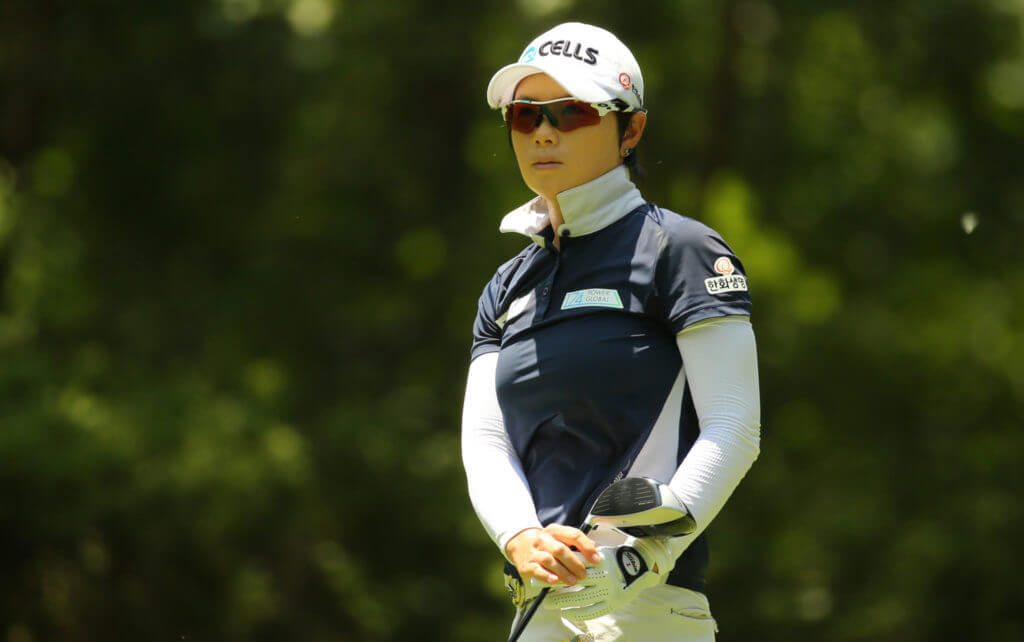
Darkhorse: Eun-Hee Ji
Here’s why: It’s hard to fly under the radar when you’ve already won this year, as well as being a former U.S. Open champion, but Eun-Hee Ji isn’t usually on people’s short lists when it comes to major contenders. But she should be, as in addition to winning in 2009, she has a third and two top 20s the past two years.
The 33-year-old Korean is sixth on tour in scoring average (69.86), is third on tour in driving accuracy (83.6%), 23rd on tour in putting average (29.67) and seventh on tour in greens in regulation (76.2%).

Who not to bet on: Ariya Jutanugarn
Here’s why: While it’s already hard to win back-to-back Women’s U.S. Opens (the last to do it was Karrie Webb, 2000-2001), defending champion Ariya Jutanugarn simply is having an off year so far entering her title defense, as she only has two top-10 finishes. The last of those came in Hawaii in April. She’s is 24th in scoring average (70.82), and 72nd in greens in regulation (69.10%).
And on top of that, the current Player of the Year is on her sixth caddie in 11 events since her and long-time caddie Les Luark split for the second time after last year’s three-win, $1 million Race to CME Globe-winning season (Luark was on the bag for eight of her 10 wins).
For the second straight week, Ariya has Pete Godfrey back on the bag, who took over when Ariya and Luark split the first time in 2016 (Godfrey was on the bag for Ariya’s other two wins, including her first major, the 2016 British Open).



